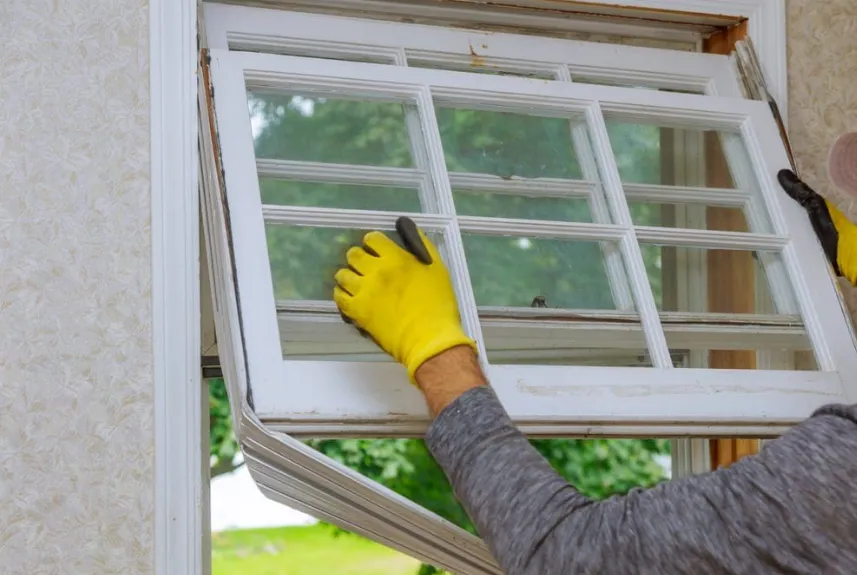When it comes to window replacement Idaho Falls, many homeowners wonder whether they need to update every window at the same time or if replacing just a few is sufficient. While replacing all your windows at once has its benefits, there are also situations where a phased approach makes more sense. Understanding the pros and cons of each option can help you make the best decision for your home, budget, and long-term goals.
Benefits of Replacing All Windows at Once
Replacing all windows at the same time can offer several advantages:
Consistent Appearance
Installing new windows throughout your home ensures a uniform look, which can improve your home’s curb appeal and create a cohesive aesthetic both inside and out. Matching frames, finishes, and styles can make your home feel polished and well-maintained.
Improved Energy Efficiency
Older windows can be a major source of drafts and energy loss. By replacing all your windows at once, you create a fully insulated home, reducing heating and cooling costs and improving comfort year-round. Partial replacements may leave gaps where older windows allow energy to escape, which limits the overall impact.
Streamlined Installation
Scheduling a single installation project can be more efficient than spreading it out over months or years. Your contractor can complete the work in one visit, which may reduce labor costs and minimize disruption to your household.
When Partial Replacement Makes Sense
While a full replacement has advantages, it’s not always necessary or practical. Partial replacement can be appropriate in these situations:
Budget Constraints
Replacing all windows at once can be costly. Homeowners with tight budgets may choose to replace windows in phases, prioritizing the oldest, most inefficient, or most damaged units first. This approach allows you to spread the cost over time while still improving comfort and energy efficiency.
Targeted Repairs
Sometimes only a few windows are damaged, drafty, or failing. Replacing just those windows can solve immediate problems without investing in a full-scale replacement. This is especially common in homes with newer windows that are still performing well.
Experimenting with Styles
If you’re unsure about which window style or frame color to choose, partial replacement allows you to test your options in one room before committing to the entire house. This can help ensure you’re satisfied with your choice before making a larger investment.
Considerations Before Making a Decision
When deciding between full or partial replacement, consider the following factors:
- Age of Windows: Older homes with windows over 15–20 years old may benefit most from full replacement.
- Energy Efficiency Goals: If reducing energy bills is a priority, replacing all windows at once maximizes savings.
- Aesthetic Impact: Think about how mismatched windows could affect the overall look of your home.
- Resale Value: Full replacement can increase property value, while partial replacement may have less impact.
You don’t always need to replace all your windows at once, but understanding the advantages and disadvantages of full versus partial replacement can help you make an informed decision. Whether you choose to update your windows in phases or complete a full replacement, prioritizing energy efficiency, appearance, and long-term value ensures that your home remains comfortable, attractive, and functional for years to come.

